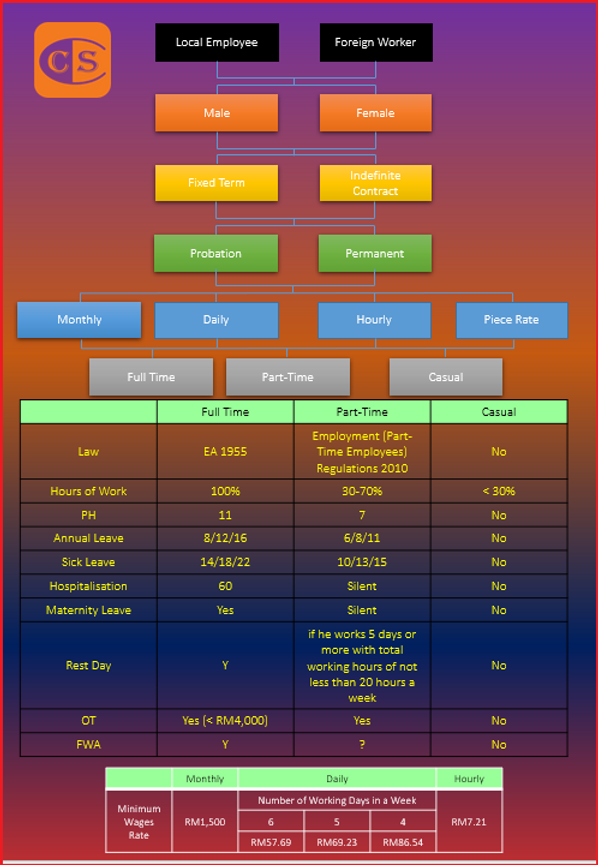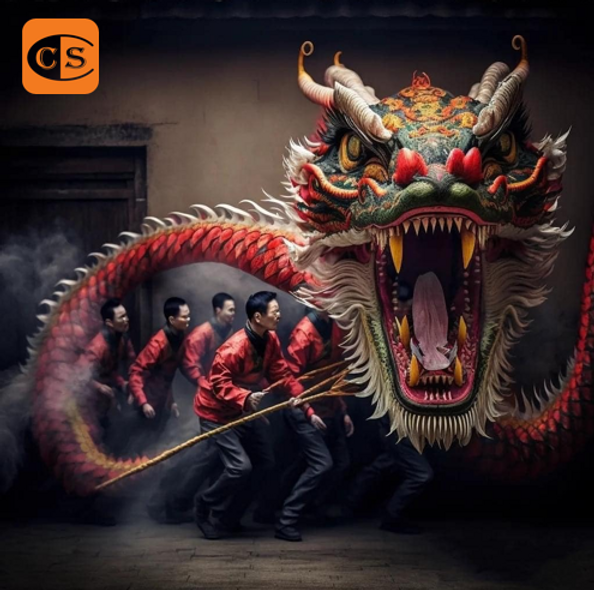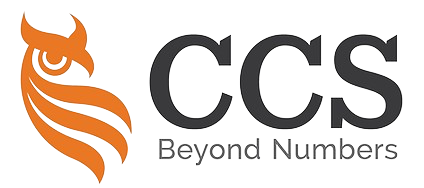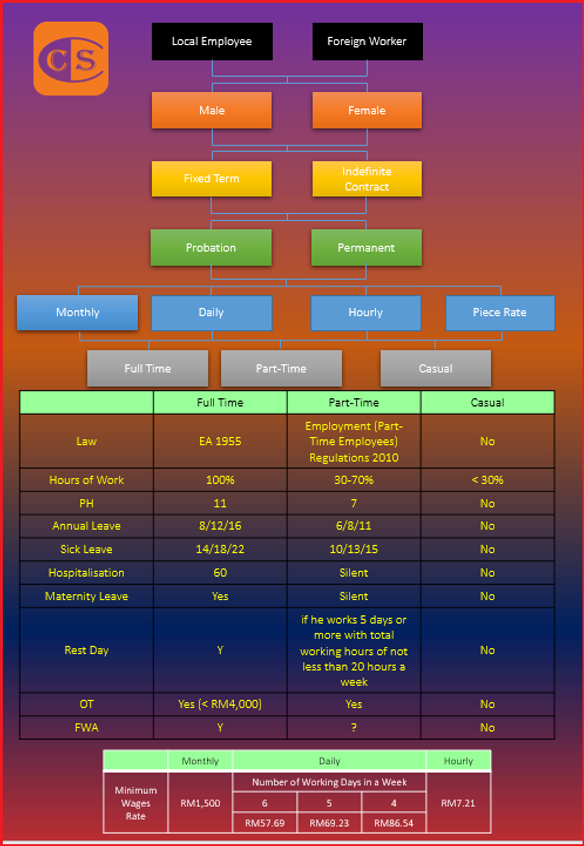
What Is Manual Labour?
The Act does not define what constitutes a “manual worker,”
The landmark case of Colgate Palmolive (M) Sdn Bhd v. Cheong Foo Weng & 12 Ors (and Another Appeal) [2002] 2 AMR 2107 defined the phrase “manual labour” as including the following activities:
“Manual labour involves physical exertion as opposed to mental/intellectual effort. Thus it is not manual labour if “the real labour involved is labour of the brain and intelligence”.
Whilst all manual labour would entail some manual work, it cannot be readily assumed that the person performing the manual work is a manual labourer and further it cannot also be accepted that the person is in law “engaged in manual labour”.
The test to determine whether or not a person is “engaged in manual labour” is: “what is the substantial/dominant purpose of the employment, to the exclusion of the matters which are incidental or accessory to the employment”. It is therefore essential to determine whether the work in question is purely physical in nature, as opposed to work which has a physical/manual content but which is really dependent upon acquired skill, knowledge or experience.”
“体力劳动涉及体力的消耗,而不是精神/智力的付出。因此, “真正的劳动如果是通用到大脑和智力”,那就不属于体力劳动。
虽然所有的体力劳动者都需要进行一些体力工作,但不能轻易假设从事体力劳动工作的人就一定是体力劳动者,更不能接受该人在法律上是 “从事体力劳动”。
判断一个人是否 “从事体力劳动 “的标准是:”就业的实质/主要目的是什么,而不包括就业的附带或附属事项”。因此,必须确定有关工作是否是纯粹的体力劳动,而不是有体力/手工成分但实际上却取决于后天技能、知识或经验的工作”。
Colgate Palmolive Sdn Bhd v Cheong Foo Weng [2001] MLJU 765









